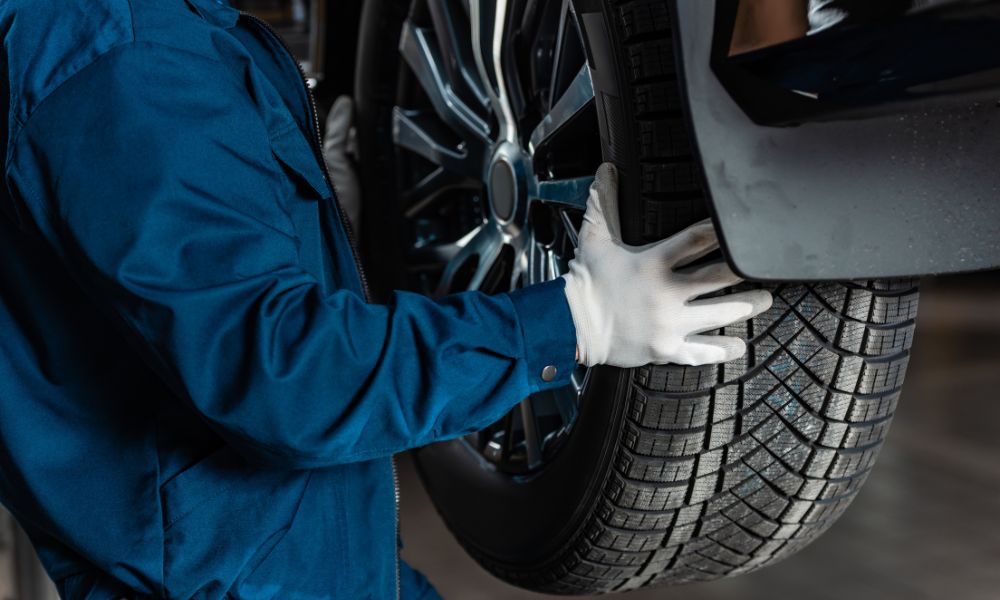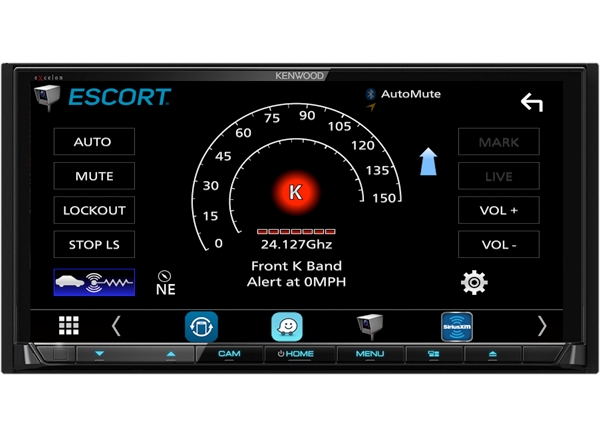When Should I Replace My Snow Tires in the Spring?

Having a set of tires for the winter and summer is an excellent strategy for ensuring the safety and handling of your car. But when should drivers replace their snow tires in the spring? Below, we break down what drivers should consider when swapping season tires!
Can I Drive on Winter Tires in the Spring and Summer?
In theory, you can drive your car on winter tires when the weather warms in the spring and summer. This is true for non-studded winter tires. But for heavy-duty studded tires, you should avoid driving them on any roads without ice or snow, as they can damage the road and make you less safe in certain conditions.
Non-studded winter tires are perfectly safe to drive in warmer weather. However, their special, flexible rubber compounds that make them ideal for cold winter driving wear out faster when the weather warms up. Drivers should swap out winter tires for all-season or summer-performance tires when the weather turns warm to preserve their winter tires for next season.
When Should I Swap My Car’s Winter Tires for Summer Ones?
The problem for many drivers at the beginning of spring is that they’re unsure when they should replace their snow tires. If you live in a region with harsh winters and lots of snow and ice, you know not even spring is immune to the occasional late-season snow or ice storm. Nobody wants to put on their summer tires only to drive in snow or ice!
Winter tires are ideal for operating below 45 degrees Fahrenheit, so that’s a good barometer for drivers to follow. Spring weather can be unpredictable, but if the weather has been above 45 degrees Fahrenheit for a week and the upcoming forecast calls for the same, you’re probably safe to make the switch.
Tips for Installing Summer Tires
Swapping out winter tires for summer ones is relatively straightforward. Anyone can do it if they know how to change a tire. If you’re taking your summer tires out of storage, inspect them first. Review them for any signs of tire dry rot, which can occur in storage. To install the tire, you’ll need basic tire-changing supplies like:
- A jack
- A cross wrench
- A breaker bar
- Sockets
- Chalk
- Wheel chocks
Tips for Storing Winter Tires
If your car’s winter tires still have plenty of tread and utility left, you’ll want to put them in storage until next year. To ensure the tires are still capable when next winter rolls around, you should adhere to a few storage rules. Always keep them indoors in a dark, cool, clean area. Direct sunlight, intense humidity, and heat can degrade the rubber. Also, ensure the area where you keep the tires is free of grease, oils, gasoline, and anything else that could degrade the tire.
You should better understand winter and summer tires and when to swap your car. With a set of winter and summer tires, your vehicle can tackle challenging winter conditions year-round!





